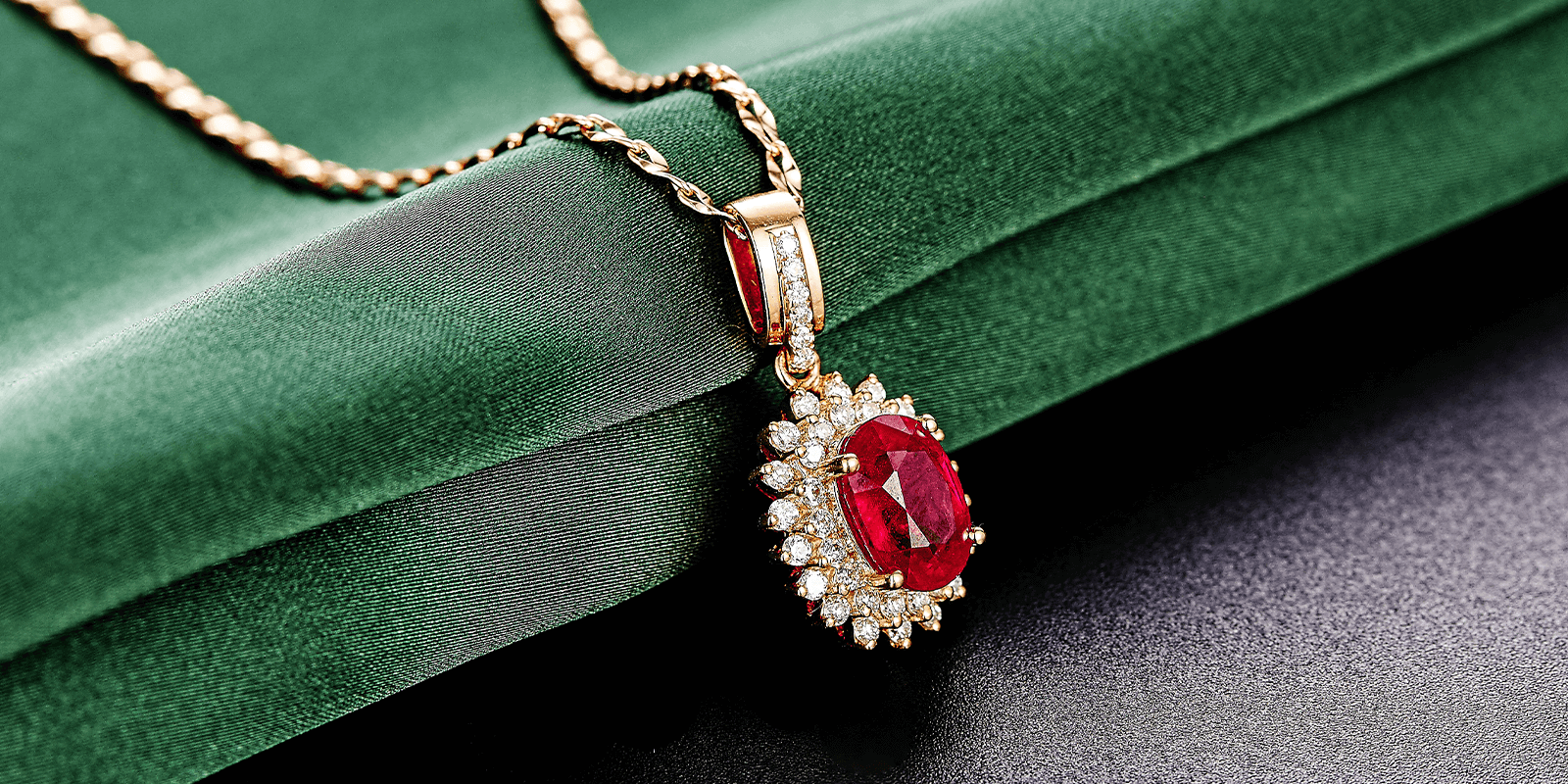By Matthew Gengler, Access Services and Reference Librarian
In a pivotal scene from The Kid from Cleveland, actors George Brent and a young Russ Tamblyn stand over the Cleveland Museum of Art’s wishing well. Tamblyn, playing the kid, is invited to make a wish Johnny. The movie, set in 1949, is a family melodrama that follows a young boy with a difficult home life who is helped by his favorite baseball team. While the film may not be worth watching for the plot, the mid-century footage of the museum’s original galleries is a treat. The scene with the wishing well is even featured on the poster for the movie. Then museum director William Milliken, a devoted baseball fan, would have enthusiastically approved filming in the galleries.
The real star of the scene, the museum’s beloved pink limestone wishing well — currently installed in the Susan M. Kaesgen Education Gallery and Lobby — has a rather interesting history. Officially called a Well Head, the wishing well first arrived at the museum in 1929, having been sent by the dealer on instruction (and promise of payment) of the museum’s European representative, Harold Woodbury Parsons. At the time, Parsons enjoyed independence in collecting for the museum, and with ample reason. Over his career working as representative of the Cleveland Museum of Art, as well as the then Nelson Museum in Kansas City, Parsons made crucial acquisitions that formed the CMA’s collection of European art. Among the treasures he acquired for the museum is The Holy Family with the Infant Saint John and Saint Margaret by Filippino Lippi, a masterpiece of Italian painting.
Unfortunately, this time Parsons had overstepped his authority, a fact made public by Milliken in his autobiography, Born Under the Sign of Libra, in which he criticizes Parsons for being “more rash than vigilant.” Perhaps Parsons could be forgiven for his mistake, considering the leeway provided him by the museum. Elsewhere in the same volume, Milliken refers to him as “an indefatigable intermediary” and praises how much money he saves the museum through his deft acquisitions. Nonetheless, in this moment, he misjudged his client’s interests and the wishing well arrived, albeit unwelcome.
This didn’t prevent its exhibition, however. The earliest photographs of the wishing well from 1931 show it installed in the interior garden court of the museum. With its caged songbirds and exotic plants, the setting provided a space of quiet repose for the tired museum visitor to pause and reflect. The wishing well helped to complete the illusion until the museum approached an important milestone.
In anticipation of the museum’s twenty-fifth anniversary celebration in 1941, the director decided that the well should be used for a silver coin collection to benefit museum acquisitions, calling it the Silver Jubilee Treasure Pool. The wishing well was installed in the rotunda, where the marble statue of Terpsichore Lyran (the muse of lyric poetry) by Antonio Canova now stands (at the time, the Canova had not entered the collection, and resided at Exbury House in Hampshire, UK, in the collection of Lionel de Rothschild).
In his unpublished history of the collection, Milliken describes museum benefactor Elisabeth Severance Prentiss, a statuesque muse in her own right, at the event as a “grand dame, with her beauty, heightened by her wonderful evening gown and her dazzling jewels, tossing silver dollars from across the Rotunda.” The treasure pool was a great success with donations topping $4,000 in the jubilee year.
The first works purchased for the collection with donations from the well were May Show entries including Harvest by Katherine Greuner Lange and Backward Glance, a rare watercolor work by John Paul Miller. This began a long tradition of using the Silver Jubilee Treasure Fund, renamed the Wishing Well Fund in 1961, to acquire objects by local artists. From 1944 to 1993, the museum purchased nearly 200 objects with the fund, primarily from the annual May Show. In many ways, donations to the Wishing Well were donations to the artistic legacy of Cleveland.
After nearly 14 years of service to the institution, the well head that Mr. Parsons shipped without approval entered the collection, in 1943. This object continues to hold the fascination of visitors who peer down into the depths, toss a coin, and make a wish. Museum visitors who have contributed their coins to the wishing well can justifiably point to the artwork in the galleries bearing the Silver Jubilee or Wishing Well fund attribution and say that they had a part in making the acquisition possible.




More Stories
Essential Hunting Gear Checklist for Your Next Outdoor Adventure
Shaping Landscapes with Expert Tree Care
Ruby Jewelry for Valentine’s Day: A Romantic Gesture